Beginner's Guide to Fresh Homemade Ravioli
4.8
(4)
Your folders
Your folders
Cook Time: 5 minutes
Total: 2 hours, 5 minutes
Servings: 4
Author : Emilie Raffa

Ingredients
Export 15 ingredients for grocery delivery
Instructions
Step 1
Add the flour, eggs and olive oil (if using) to a food processor fitted with the metal blade. Process to form dough, about 15-20 seconds. Remove to your work surface and cover with an upturned bowl for 5 minutes- it will be much easier to knead in the next step. Then, knead the dough into a ball, about 1-2 minutes (don’t worry about technique here, the food processor does most of the kneading for you). Cover again, and let rest for 30 minutes to 1 hour to relax the gluten. I prefer a 1 hour rest for long pasta sheets. Tip: Use this resting time to make the ravioli filling.
Step 2
Combine the drained ricotta, mascarpone, chopped basil leaves, Parmesan cheese and egg. Season with salt and pepper; mix well. Give it a taste (it should be highly seasoned). Cover and chill until ready to use. This step can be done 1-2 days in advance.
Step 3
Set up your work station: Choose a large, clutter-free work surface to spread out (I like the kitchen table). Dust your work surface and the pasta machine/roller with semolina flour to prevent sticking. Line (2x) sheet pans with parchment paper, no overhang. Cut 4 additional pieces to layer in between the pasta sheets as you roll them out; set aside.
Step 4
Cut the pasta dough into 4 equal pieces. Flatten one piece into an 5×8-inch long disc (re-wrap or cover the remaining pieces so they don’t dry out). A rolling pin helps with this step.
Step 5
Send the disc through the roller on the widest/lowest setting. This is “#1” on the Kitchen Aid attachment. Send it through a second time. Note: if using a hand-crank pasta machine, refer to their specific instructions for rolling pasta sheets for ravioli. The process is the same, but the settings are different.
Step 6
Continue to roll the dough through settings #2-5 (2x on each setting), dusting with semolina flour in between if the pasta gets sticky. You can also cut the sheet in half if it gets too long. The pasta sheet is ready when it’s slightly translucent and you can see your hand underneath, about 1 mm thick.
Step 7
When finished, lightly trim the rounded edges. Cut into 10-12-inch long sheets. The sheets do not have to look perfect- you’ll trim more later on. Place onto your sheet pan and cover with parchment paper. Repeat to roll the remaining 3 pieces of dough.
Step 8
Grab a pasta sheet. Dollop the cheese filling (in rounded teaspoons), down the center of the sheet, spaced 2 finger widths apart. Place a second sheet on top, like making a sandwich. (Tip: If you’re feeling confident, you can do two rows of filling, instead of one. Two rows is not necessarily harder; it requires more practice and patience when smoothing out the pasta sheets. You will have enough cheese filling to do so, and your total number of ravioli will increase. Perhaps start with one row, and then work your way up if you’re in the mood).
Step 9
Smooth the pasta sheet with your fingertips, working around the filling to get the air bubbles out. Press to seal the edges and sides. Refer to my video for guidance.
Step 10
Cut the ravioli in half and then into strips. Trim into 2 1/2- 3-inch ravioli squares. Transfer the ravioli to the remaining parchment-lined sheet pan dusted with semolina flour. Cover with towel or an inverted sheet pan. Repeat to assemble and cut the remaining ravioli.
Step 11
Arrange homemade ravioli on a parchment-lined sheet pan dusted with semolina flour to prevent sticking. Cover tightly with plastic wrap. Store at a moderate room temperature for 1 hour.
Step 12
Arrange the ravioli as indicated above. Chill up to 4 hours. Do not refrigerate overnight. The pasta will oxidize and discolor, and the filling will create soggy ravioli.
Step 13
Arrange the ravioli as indicated above, minus the plastic wrap. Freeze directly on the sheet pan. Once frozen solid, transfer to a parchment-lined air-tight container. Freeze up to 1 month.
Top similar recipes
Curated for youYour folders
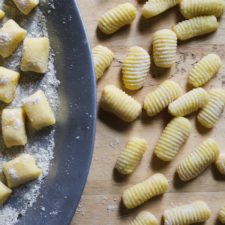
 229 views
229 viewsBeginner's Guide to Fresh Homemade ...
theclevercarrot.com
5.0
(2)
1 minutes
Your folders
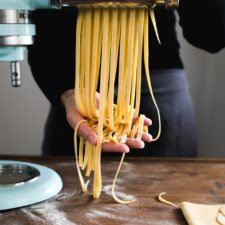
 376 views
376 viewsBeginner's Guide to Fresh Homemade ...
theclevercarrot.com
5.0
(10)
Your folders
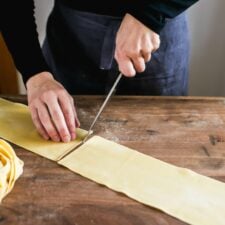
 93 views
93 viewsBeginner's Guide to Fresh Homemade ...
theclevercarrot.com
4.9
(10)
Your folders
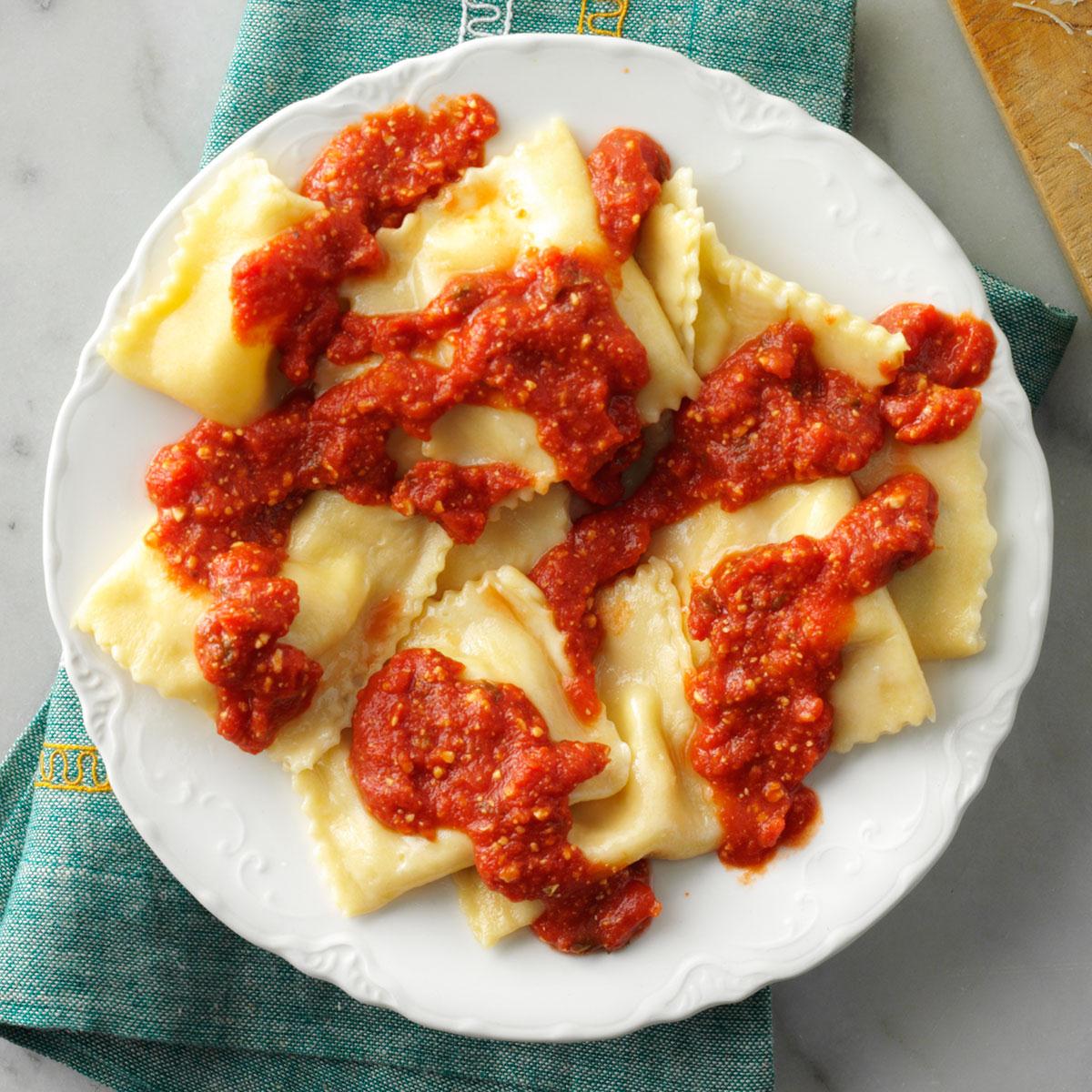
 338 views
338 viewsHomemade Ravioli
tasteofhome.com
4.3
(19)
10 minutes
Your folders

 302 views
302 viewsHomemade Ravioli
tasteofhome.com
4.3
(19)
10 minutes
Your folders
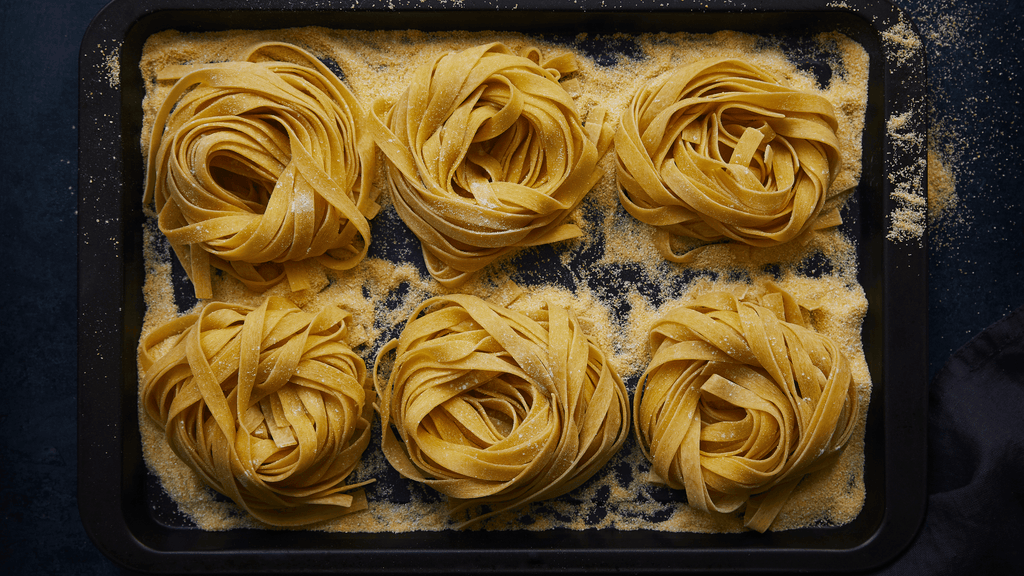
 339 views
339 viewsHow to Make Fresh Pasta: The Ultima...
pastaevangelists.com
10 minutes
Your folders

 374 views
374 viewsFresh Ravioli Dough (2)
ricardocuisine.com
3.0
(4)
30 minutes
Your folders
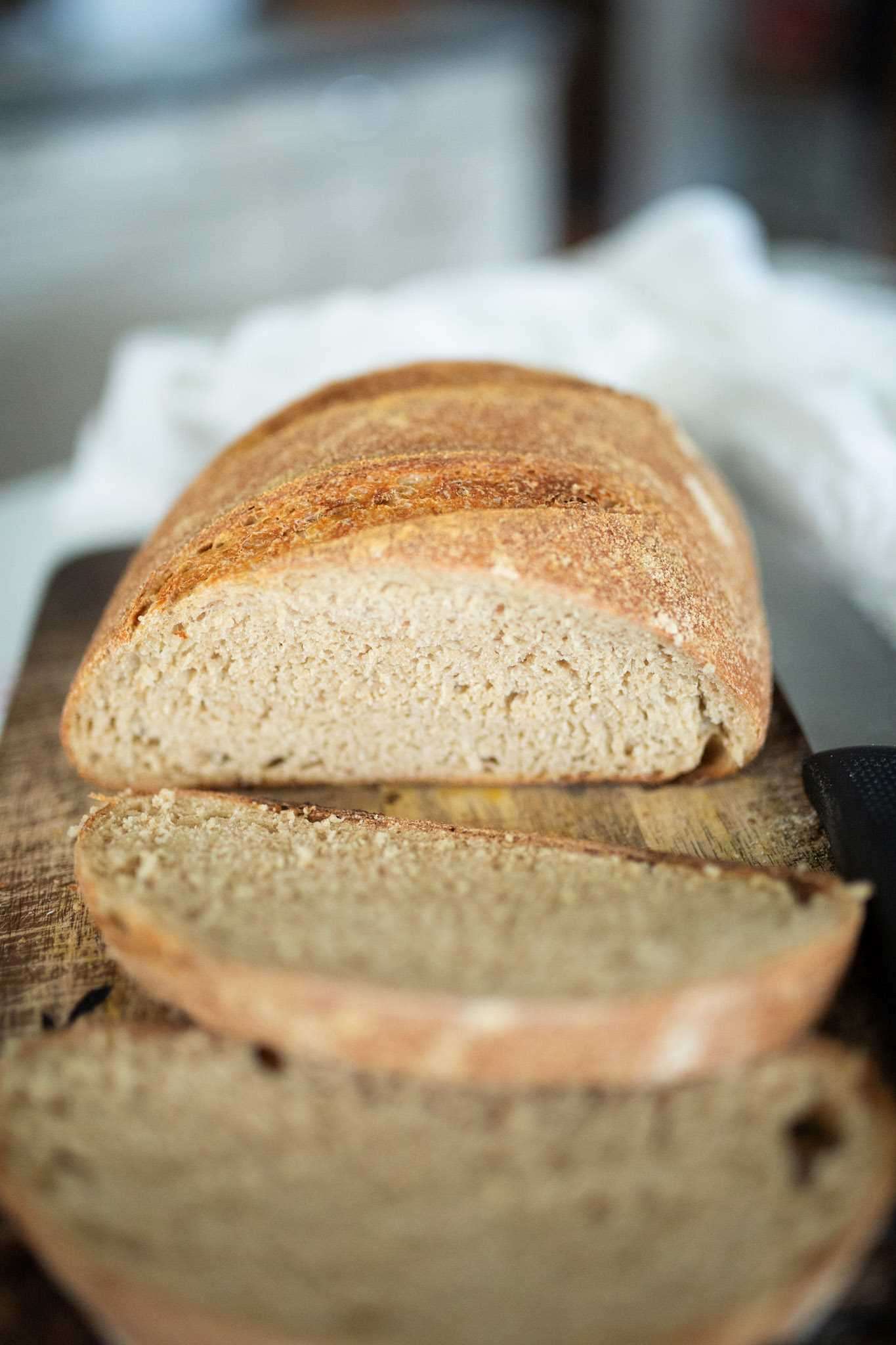
 100 views
100 viewsThe Easiest Beginner Fresh Milled S...
therosehomestead.com
5.0
(1)
35 minutes
Your folders

 314 views
314 viewsStep-by-Step Guide to Prepare Homem...
allrecipes.pages.dev
4.5
(10.9k)
55 minutes
Your folders
 82 views
82 viewsEasy French Macaron Recipe | Beginn...
michellesmacarons.com
Your folders

 515 views
515 viewsEasy Homemade Ravioli
theendlessmeal.com
4.6
(11)
3 minutes
Your folders
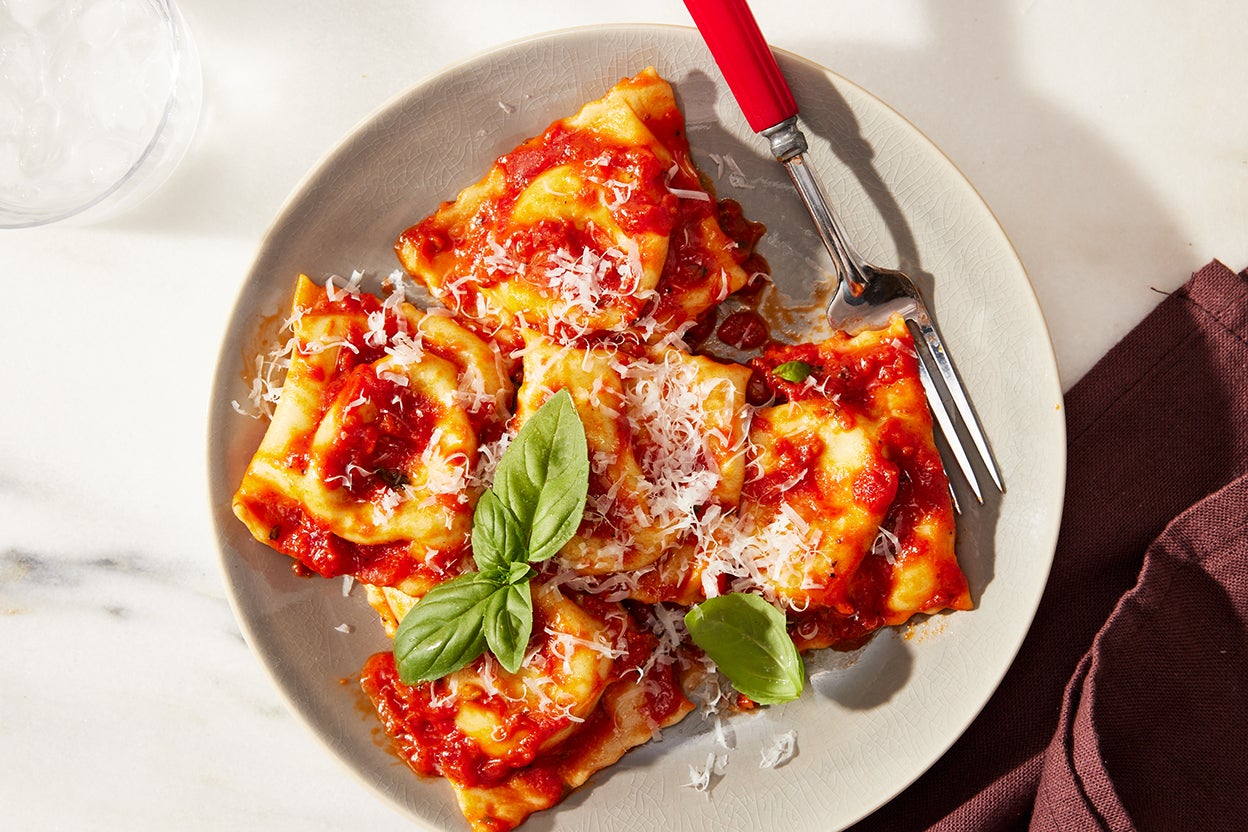
 257 views
257 viewsHomemade Cheese Ravioli
kingarthurbaking.com
8 minutes
Your folders

 518 views
518 viewsNonna's Homemade Ravioli
wellplated.com
5.0
(2)
10 minutes
Your folders

 311 views
311 viewsHow to Make Homemade Ravioli- Itali...
cucinabyelena.com
5.0
(11)
15 minutes
Your folders

 360 views
360 viewsHow to Make Homemade Ravioli- Itali...
cucinabyelena.com
5.0
(11)
15 minutes
Your folders
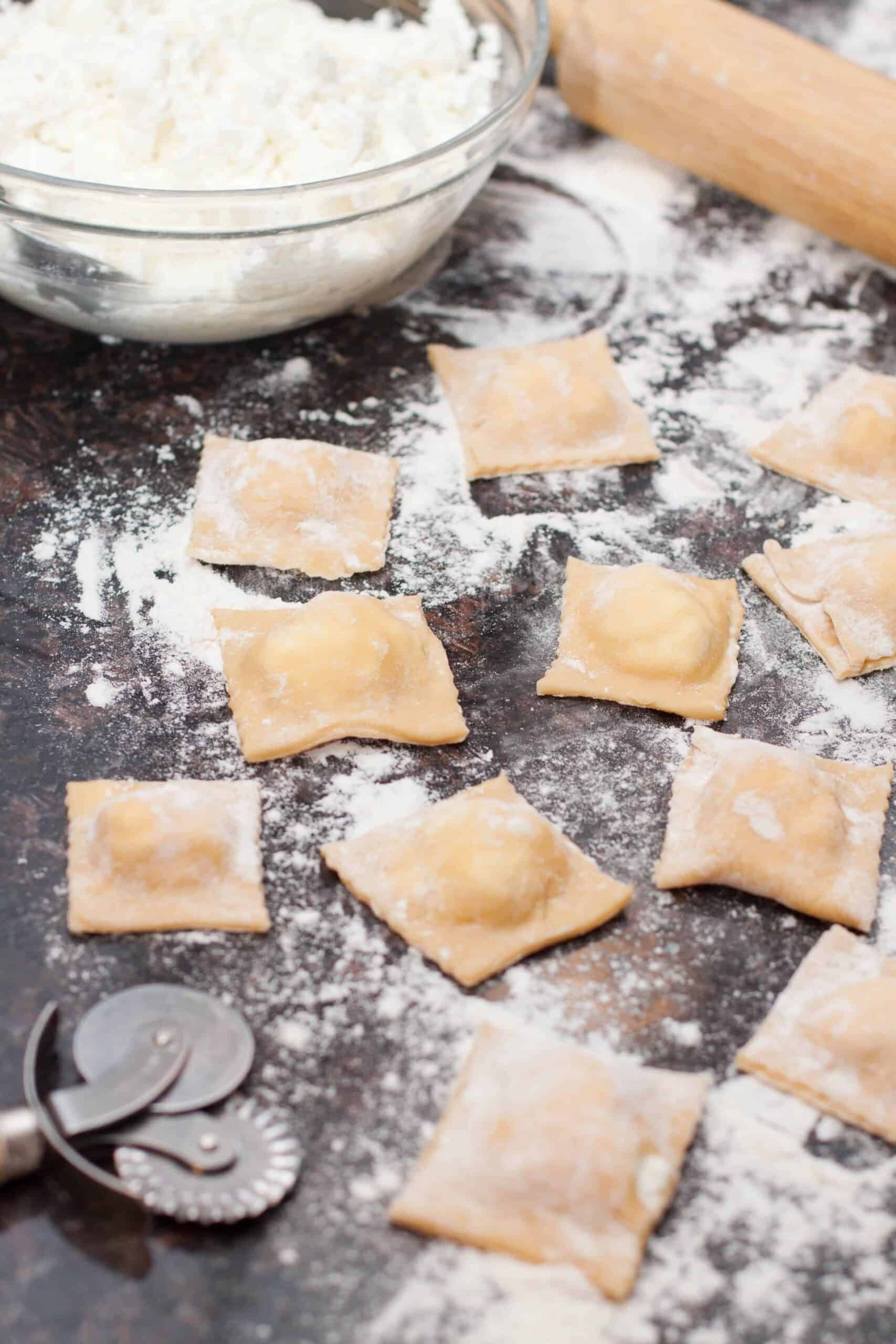
 305 views
305 viewsFresh Ricotta Ravioli From Scratch
servedfromscratch.com
5.0
(3)
Your folders
 265 views
265 viewsHomemade Whole Wheat Sourdough Brea...
heartbeetkitchen.com
Your folders
 232 views
232 viewsUltimate Guide to British Scones
thestayathomechef.com
Your folders
/umeboshi6-56cf8a7f3df78cfb37ad885f.jpg)
 351 views
351 viewsA Guide to Making Umeboshi
thespruceeats.com